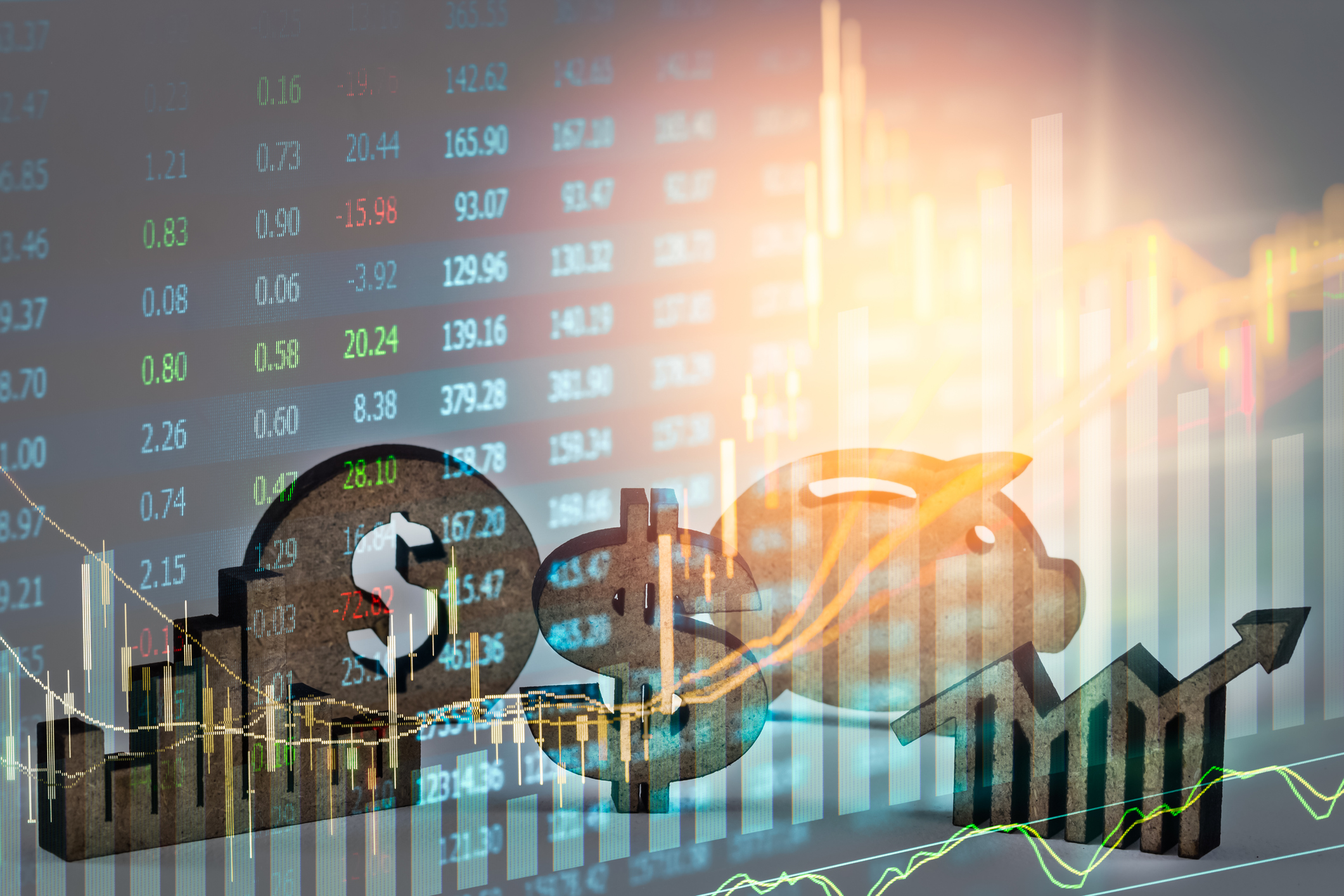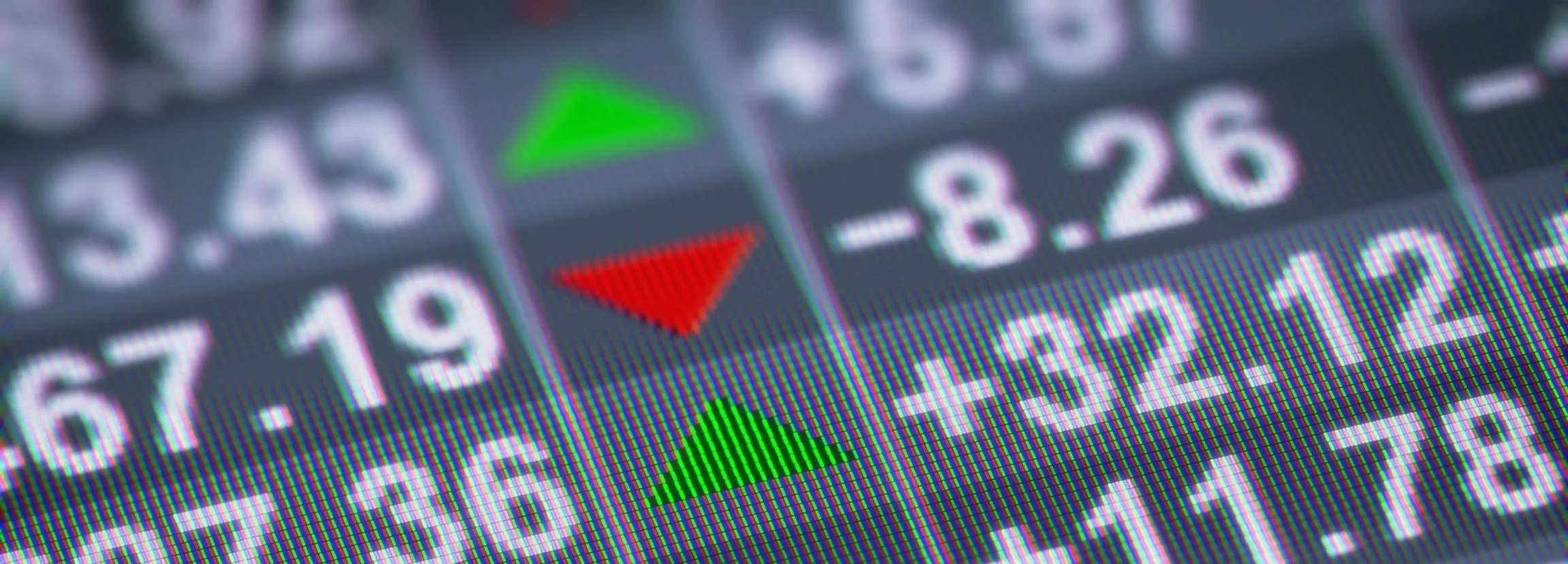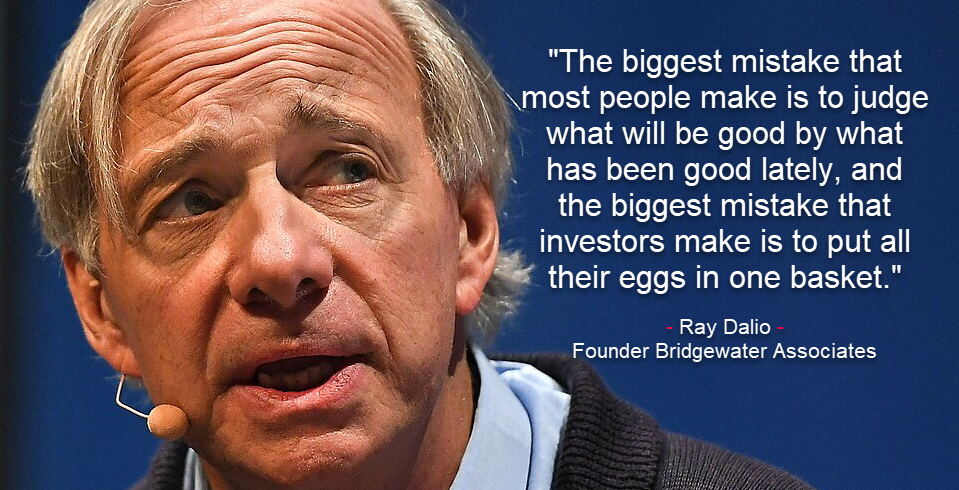Commodities are physical goods like gold, silver, oil, etc. that are traded on financial markets and are often used as inputs in the production of other goods or services. Here are a few examples of common commodity terminology:
- Spot price: The spot price is the current market price for a particular commodity. It is the price at which a commodity can be bought or sold for immediate delivery.
- Futures contract: A futures contract is an agreement to buy or sell a particular commodity at a predetermined price at a specific point in the future. Futures contracts are used to hedge against price fluctuations or to speculate on the direction of prices.
- Commodity exchange: A commodity exchange is a financial market where commodities are bought and sold. Some examples of commodity exchanges include the Chicago Mercantile Exchange and the London Metal Exchange.
- Commodity index: A commodity index is a benchmark that tracks the performance of a basket of commodities. It is often used as a benchmark for investment portfolios or as a benchmark for commodity futures contracts.
- Physical delivery: Physical delivery is the process of transferring ownership of a physical commodity from one party to another. It is often used to settle futures contracts or to complete other types of commodity transactions.
- Basis: The basis is the difference between the spot price of a commodity and the price of a futures contract for the same commodity. The basis can be used to measure the supply and demand for a particular commodity and to identify opportunities for arbitrage.
- Backwardation: Backwardation is a market condition in which the price of a futures contract is lower than the expected spot price of the underlying commodity at the time of delivery. Backwardation can be caused by a variety of factors, including expectations of falling prices or a shortage of the commodity.
- Standard contract size: The standard contract size is the amount of a particular commodity that is traded in a single futures contract. The standard contract size is determined by the exchange or broker and is typically based on the typical size of a transaction in the market.
- Spot market: The spot market is the market for the immediate delivery and payment of a particular commodity. The spot market is often used for physical delivery of commodities or for the settlement of futures contracts.
- Commodity futures: Commodity futures are financial contracts that obligate the buyer to purchase a particular commodity at a predetermined price at a specific point in the future. Futures contracts are traded on commodity exchanges and are used to hedge against price fluctuations or to speculate on the direction of prices.
- Spread: A spread is the difference between the prices of two different commodities or futures contracts. Spreads can be used to measure the relationship between different commodities and to identify opportunities for arbitrage.
- Physical commodity: A physical commodity is a tangible good that is used as an input in the production of other goods or services. Examples of physical commodities include oil, grain, and metals.
- Cash and carry: Cash and carry is a strategy that involves buying a physical commodity and simultaneously selling a futures contract for the same commodity. The strategy is based on the expectation that the spot price of the commodity will rise faster than the futures price.
- Spot-futures basis: The spot-futures basis is the difference between the spot price of a commodity and the price of a futures contract for the same commodity. The spot-futures basis can be used to measure the supply and demand for a particular commodity and to identify opportunities for arbitrage.
- Intrinsic value: The intrinsic value of a commodity is the value that is derived from its inherent characteristics or use. Intrinsic value is often used to evaluate the fundamental value of a particular commodity or futures contract.
- Time value: The time value of a commodity or futures contract is the value that is derived from the time remaining until the contract expires. Time value is often used to evaluate the risk associated with holding a particular position in the market.
- Commodity index fund: A commodity index fund is a financial product that tracks the performance of a basket of commodities. It is often used as a benchmark for investment portfolios or as a benchmark for commodity futures contracts.
- Carry trade: A carry trade is a strategy that involves borrowing money at a low interest rate and investing it in a commodity or other asset that is expected to provide a higher return. Carry trades can be used to amplify gains or losses, but they can also increase risk.
These are just a few more examples of common commodity terminology. It is important for individuals to familiarize themselves with these and other terms in order to better understand the commodity markets and make informed investment decisions.






